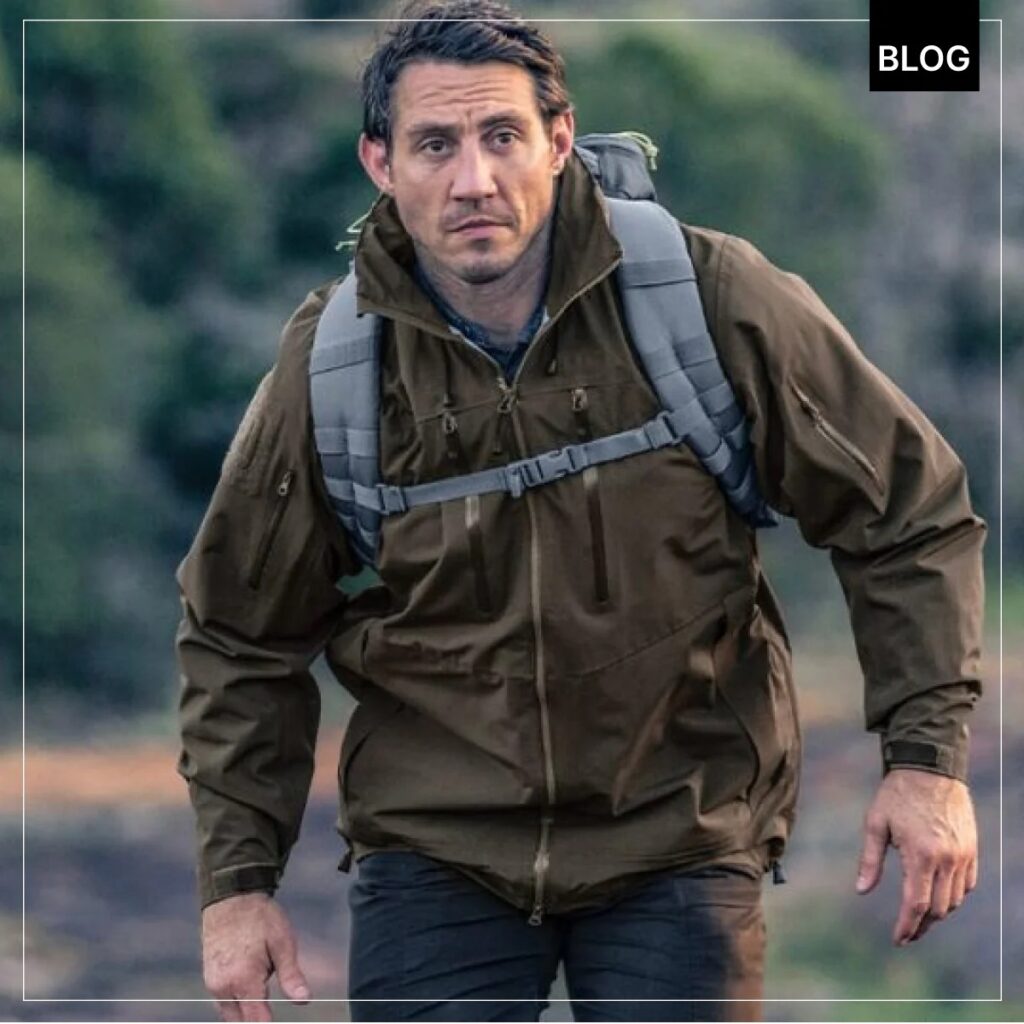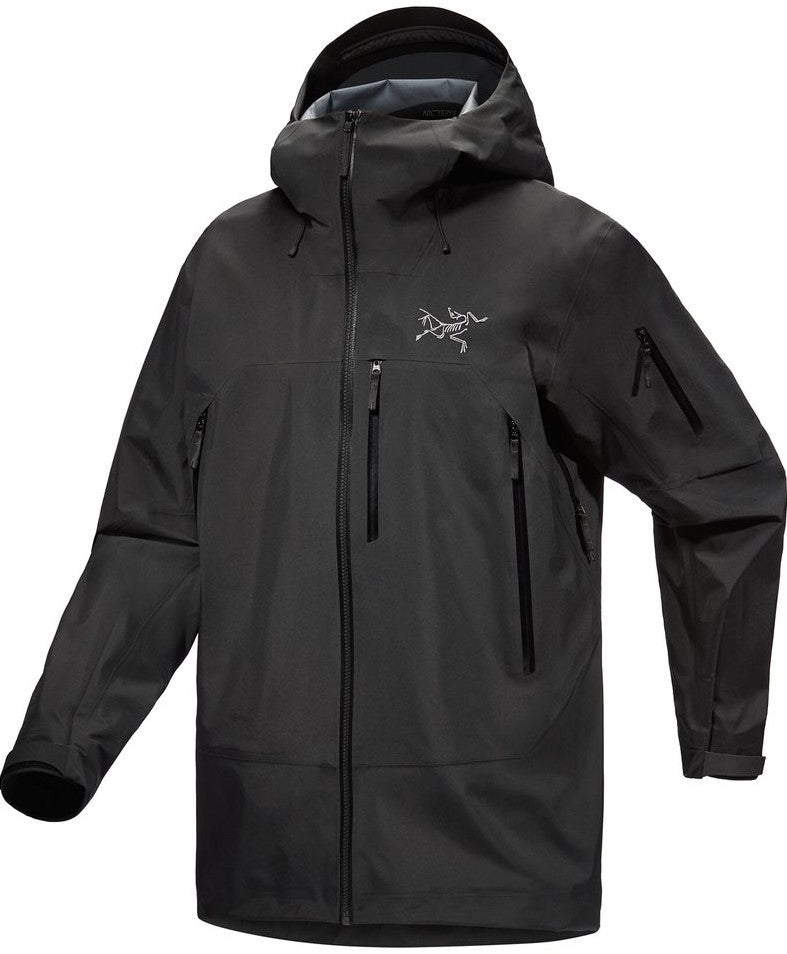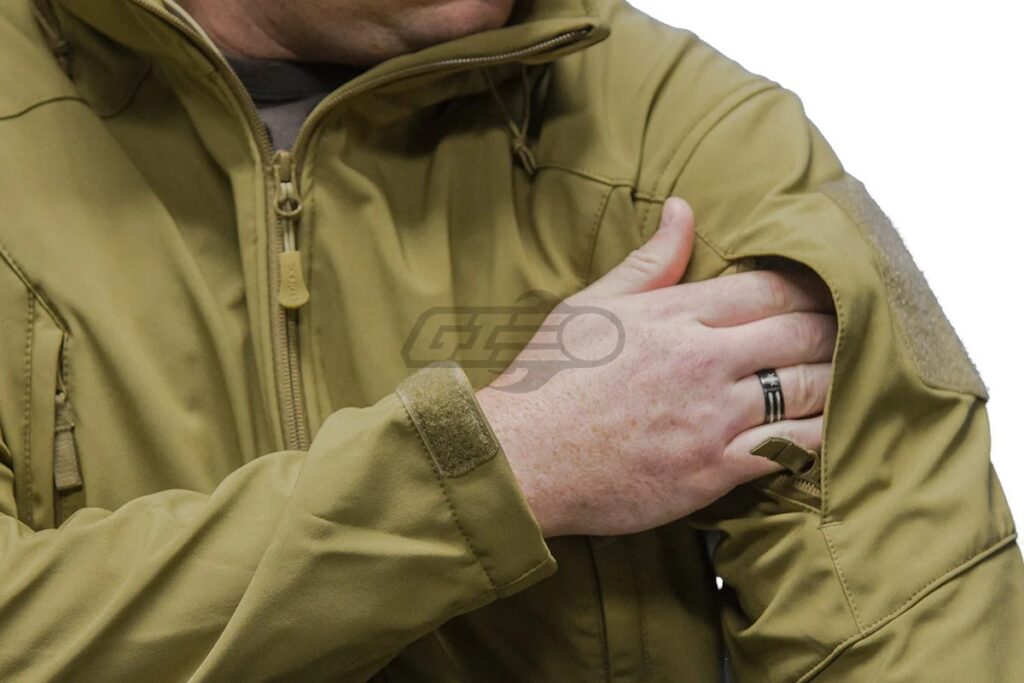Outfitting your team for the cold? The wrong jacket can lead to discomfort, bulk, or reduced field performance. Before you place that order, you need to know: should you go with tactical winter jackets—or choose all-season softshells?
Tactical winter jackets provide maximum insulation for extreme cold but can restrict mobility. All-season softshells offer greater versatility, breathability, and layering potential—ideal for teams operating in cold-to-mild climates. Your investment depends on your environment, mission profile, and gear layering strategy.
Let’s break down the pros, cons, and tactical use cases for both jacket types.
What’s the Difference Between Tactical Winter Jackets and Softshells?
Tactical winter jackets are insulated, windproof, and built for static cold-weather duty.
They focus on warmth above all.
Softshell jackets, by contrast, are breathable, flexible, and ideal for active movement in varying conditions.
They’re often water-resistant and fleece-lined, but not as bulky.

Which Jacket Is Better for Active Patrol and High Movement?
Softshells win here. Their stretch fabric, ventilation zones, and lightweight build keep your team agile.
For mobile units, tactical response teams, and transport patrols, an all-season softshell ensures better comfort and reaction time.

When Are Tactical Winter Jackets the Right Call?
Choose tactical winter jackets if your team operates in:
- Freezing temperatures (below 20°F / -6°C)
- Remote static posts (gates, towers, checkpoints)
- Low-exertion assignments in snowy regions
Winter jackets are often fully insulated, with storm flaps, removable liners, and reinforced weather seals.

How Do All-Season Softshells Support Layering and Versatility?
A softshell jacket can be paired with:
- Thermal base layers in winter
- Body armor or vests in active duty
- Hard shells in heavy rain
Their lightweight structure makes them ideal for multi-season wear, reducing your need for multiple outerwear SKUs.

Which Option Performs Best in Cold but Dry Climates?
Softshells. In areas like the American Midwest or Central Europe, where winters are cold but not always wet, DWR-coated softshells offer the perfect balance of wind protection, warmth, and comfort without overheating during movement.

Are Military Waterproof Jackets Still Relevant in All-Weather Plans?
Yes—but not as standalone solutions. Military tactical jackets waterproof models are excellent for rainy or coastal zones. However, they tend to lack breathability.
That’s why many departments layer them over softshells for maximum coverage and temperature regulation.

What’s the Best Procurement Strategy for 3-Season Duty Gear?
Buy a midweight tactical softshell jacket with hood, then equip units with:
- Base layers for winter
- Rain shells for wet zones
This strategy keeps your inventory lean while covering fall, winter, and spring needs.

What Do Top Law Enforcement Buyers Recommend?
Departments in the U.S. and Europe typically:
- Issue softshells as standard outerwear
- Use winter jackets selectively based on assignment
- Prefer brands like 5.11 Tactical, UF PRO, and Rothco for their all-weather options
Softshells are now the most common field layer for their comfort and adaptability.

Summary
Winter jackets offer protection, but softshells offer options. Ready to equip your team with the right cold-weather solution? Contact our gear advisors to build a tactical layering plan that performs in every climate.

